
Changing Consciousness with Acupuncture: Treatment of PTSD, Fixation & Obsession.
Acupuncture points have intrinsic functions and actions. They can adjust the physiology of the body. They also work on the mind. The names of the acupuncture points give clues as to their nature and function; the names also illuminate what role they play within the acupuncture channel system as a whole.
The classical “Five Element” school of acupuncture, as transmitted through J.R.R. Worsley emphasized the “spirit” of the points, as expressed through their names. Each point has a personality, a nature and a “spirit.” To work with the points can be like working with wise teachers: the spirit of a point always has a lesson and wisdom to impart.
In a previous article I discussed the importance of the Luo “Connecting Vessels” in the treatment of trauma and its manifestations. The Luo Vessels are designed as “collaterals” to assist the main acupuncture channels. They branch off from the main channels to create subbranches where unresolved traumas are stored in a state of latency until they can be dealt with. For example, the Heart channel begins in the chest and travels through the armpit, down the inner arm into the small finger. The Luo Vessel of the Heart branches from the main channel near the wrist to travel back up the arm into the chest and Heart organ itself, depositing traumatic material and its remnants along the way.
Luo Vessels show themselves through visibility on the skin. The Primary channels are invisible and deep. Their dynamics can only be accessed through pulse diagnosis. Whereas Luo Vessels make themselves visible on the surface of the body. They manifest as spider veins, varicosity, complexion change, and as lipomas and swellings. The Luo, as they hold onto our issues and traumas show themselves to the world. Our traumas and issues are painted on own skin, expressed through our complexion and gaze. The body can reveal so much.
Each Luo Vessel separates from its main acupuncture channel at a specific point, called the Luo point. For example, the Heart’s Luo Vessel separates from the Heart channel at the point HT-5 Tong Li, translated as “Penetrating the Interior”: the point to “Clear up and Break through 1000 miles of obstruction.”
Classic symptoms of the Heart’s Luo Vessel are a feeling of stuffiness, tension or pain in the chest and loss of voice. Commentators say these symptoms are psychosomatic expressions of “heart pain” coming from a sense of betrayal which causes a person to become so traumatized they cannot articulate or discuss the event or issue.
The name of HT-5 however does not mention betrayal or something negative or painful. It is a name that is empowering and hopeful. It is a point that presents itself as a way to break through trauma through “penetrating” into the heart of a situation or issue. This kind of breakthrough allows a person to make great progress in their life. I think this point and its name are representative and reflective of the entirety of what the Luo Vessels as a whole can do, therapeutically. While the Luo don’t treat or resolve the issues and traumas they hold onto, treating them via acupuncture does. The Luo points when stimulated, illuminate and help release the issues and traumas they are holding onto. To prick a Luo point helps us consciously “penetrate” into an issue we may have suppressed or repressed. They help us clear the barriers in our lives created by trauma, disappointment, fixation, aversion. They can help us release our stories: ways in which we feel we’ve been victimized or betrayed by life. These stagnations cause us to feel “stuck” or inhibited in our lives. To release them frees up “miles and miles” of pathway, so our movement forward becomes unencumbered.
My longtime teacher and mentor has said HT-5 is a point that helps us recognize and feel that everything in our life is unfolding as it should. Even the heartbreaks and traumas were necessary for our growth and development. However we can become stuck along the way. The Luo Vessels are tools which help free us when we get stuck. They help us break through the barriers we’ve constructed in our lives and minds. They help us recognize what we’ve become addicted to or fixated on, or the things we are avoiding, adverse to or insecure about. The Luo teach us that fixation or aversion, addiction, overindulgence and avoidance are ultimately disempowering: a rejection of our spiritual path.
Taoist philosophy, upon which acupuncture is based, sees every event in our lives as necessary for spiritual growth. When we reject our experiences or lack the ability to process them, we lose an important opportunity to learn and evolve. The Luo Vessels, and HT-5 in particular help us learn to embrace our experiences by penetrating into the deeper meaning of them.
The trajectories of the Luo Vessels are important to understand. They help us see how the body translocates and stores the remnants of trauma. The Luo illustrate what trauma does to the physiology and psychology of the body.
The Lung’s Luo Vessel, as discussed in a prior article travels from the Luo point LU-7 “a Break in the Sequence” at the wrist into the palm of the hand, following the flow of the Lung’s Primary Channel which also descends into the hand. The Luo Vessel goes into the palm, diverging into a point on the Pericardium channel, PC-8 “Palace of Toil,” instead of following the Lung’s Primary channel into the thumb. The statement being made with this pathway is that the person chooses to not allow an experience to release and resolve, as represented by the point LU-11 on the thumb. Instead the person fixates on the experience, trying desperately and stubbornly to keep it alive, even though it causes toil, strife, agitation and inflammation. By releasing the Lung’s Luo Vessel, the person is encouraged to break away from their fixation to allow the experience to release and resolve.
The Heart’s Luo Vessel follows a different type of path. Instead of following the Heart’s Primary channel to descend into the little finger, the Heart’s Luo Vessel ascends against the flow of the Heart channel to return to the chest and go into the Heart. This is unique in several ways. First of all, very few Luo Vessels enter and contact the internal organs. Second of all, going against the flow of the channel suggests a type of “Rebellious energy,” yet also a desire to revisit the traumas of the past instead of moving forward on one’s path. This can be a type of rejection of one’s spiritual path: a willful attempt to change it or stagnate ourselves in time, refusing to allow our lives to unfold. This can be especially activated by the experience loss and letting go: both of which are natural to life, and necessary for spiritual growth. Things come into our lives and exit as they must. This can be especially difficult for some people. It can cause them to reject their path and try and hold onto what has been lost.
The Heart’s Primary channel is seen as an “ode” to the spiritual journey one undergoes in life. The names of the points along the Heart channel are evocative in this respect. The first point on the Heart channel (HT-1), located in the armpit is called “Ultimate Spring,” followed by “Blue-Green Soul” (HT-2) and “Lesser Sea” (HT-3). These points represent a person’s incarnation, coming from the ultimate reality of the unlimited to form themselves into a limited personality with a focused path in life. HT-4, the next point is called “Path of the Soul” to further reflect this. The points that follow are HT-6 which represents the emergencies and traumas of life and HT-5 which talks about breaking through the obstructions caused by trauma. HT-7 is called the “Spirit Gate.” Before HT-7 the points talk about the Soul. HT-7 is the first point to talk about the actual spirit. The statement being made here is when one can break through the obstructions and traumas of one’s life they can enter into the door of the Spirit to get a sense of their mission in life: their spiritual journey.
The spirit requires surrender, giving ourselves over. The soul is more reflective of attachments. The points that follow: HT-8 “lesser palace” and HT-9 “lesser incarnation” both represent letting go of aspects of our lives that weigh down the spirit: our attachments. When we are able to enter into the “spirit gate” we find we require less to make us feel fulfilled, which allows our incarnation to become lighter so our spirit is more free.
HT-5 as a Luo Vessel interrupts the movement from HT-4 the “soul path” and HT-6 “emergencies” into HT-7 the “spirit gate.” HT-5 as a Luo Vessel shows that when we cannot face, address or resolve the challenges of our lives, this will cause a retrograde in the Heart channel, preventing movement into the “spirit gate” of surrender which requires the lessening of our burdens and attachments in life. We choose instead to go backwards into greater attachment. We become rebellious against our spirit path. This causes heart pain and an inability to express ourselves fully, sometimes even to ourselves. We lose the capacity to articulate what our lives are about. We cease to feel animated and empowered within our spiritual journey; instead we may feel a victim, betrayed by life, unwilling to move forward and let go.
The Heart’s Luo Vessel is different from that of the Lungs. The Lung Luo creates an obsessiveness that desires constant stimulation, usually for the object of one’s obsession or fixation. The person has an event that causes a “break in the sequence” in their lives: a trauma. This causes them to fixate and see the world and their options in life in a limited way, causing them to enter a state of toil and strife. Rather than allow life to flow organically, they willfully try to make something work that is not organically working. They exhaust themselves in the process. They can’t let go and let new possibilities into their lives.
The Heart manifests a state of “heart pain” that is born from a sense of betrayal. The person may feel cheated by life and wish to reject and change the past; or hold onto something is passing away or denied to them. They don’t necessarily try to create an alternate personality as occurs with the Luo Vessel of the Liver, instead they may refuse to get in touch with their “spiritual selves.” They may refuse to work on their issues or face their traumas and disappointments. They may engage in excessive control in their lives and that of others. Where the Lung Luo causes a person to excessively engage with something that isn’t working in their lives, the Heart Luo causes a person to retreat and reject: to shut down and disengage. They refuse to talk about the issue, and feel a victim. The Lung Luo is a vessel of excessive engagement; the Heart Luo is a vessel of denial and disengagement.
I recently treated a young man who was very emotionally shut down. It was difficult to get to the root trauma that had caused him to close up so strongly, but one day he revealed he’d gone through a devastating breakup from a “toxic,” abusive relationship. He felt he’d never enter into another relationship again. He said bluntly he didn’t want to be that close to anyone again, and refused to discuss it any further. He’d come to me complaining of insomnia, agitation, anxiety and occasional chest pain. Any time I tried to engage him into talking about his past relationship he’d begin cancelling sessions and delay his return to treatment. He was a man who maintained very strong control over his life and who he let into it. This included his interaction with me as his acupuncturist.
With minimal discussion I began treating his Heart Luo Vessel with moxibustion (a gentle warming technique) to bring back his willingness to engage with himself, with the source of his heart pain and with me. I didn’t force him or even insist. I just treated the acupuncture points, for several sessions.
During the same period I treated a woman who had also ended a difficult relationship. She exhibited signs and symptoms of the Lung’s Luo Vessel, unable to let go of the relationship and the obsession it held over her. Even though she and her partner hadn’t spoken or seen one another in over a year, she was still acting as if they were still together. She’d track his movements, who he was with, where he was going, what he was doing. She said she thought about him practically every moment of the day, almost more than she thought about herself. She’d constantly fantasized about getting back together.
When I’d ask her to describe the relationship she’d share many moments that were abusive and painful. They would fight a lot, engage in constant power struggle and even come to blows sometimes. Yet she said, she’d never loved someone the way she loved her partner. She’d become utterly attached, and even obsessed with him. She was stuck in the “palace of toil.” The breakup was very traumatic for her she said, and she was unable to move on and let go. She’d alternate between having “hot hands”: needing to be very social and especially very engaged in following her ex-partner’s life; alternatively she’d fall into states of depression where she didn’t seem to care about anything, as if her life no longer had any meaning or “fire” in it.
The Luo Vessels themselves are very strong. When treated, they can cause a change in consciousness. However it is common to therapeutically support a Luo Vessel with either other Luo Vessels that are adding complications to the issue, or add points along the Primary Channels to support the healthy physiology and ultimate cultivation of virtues associated with the issue.
Confucian philosophy says within every emotional “poison” lies the seeds of virtue. Transformation of the “poisons” (trauma, fixation, obsession, fear, anger, sadness) into the virtues (benevolence, compassion, faith, piety, awe, etc) is the goal of the internal organs and their associated (Primary) acupuncture channels. The Luo Vessels can be seen as holding the raw material for the transformation of poison into virtue. However it is the physiological capacity of the organs and Primary Channels that allows this alchemical process to occur. The relationship between the Luo and Primary Channels is therefore the alchemy of healing and spiritual growth.
For the young woman discussed above, the use of the Spleen’s Luo Vessel (SP-4 “Grandfather-Grandson”) was often used to help her move through the obsession and habituation she’d developed concerning her ex-partner. The name of SP-4 suggests that any issue from a person’s current life that generates a tremendous amount of obsession can often be complicated by a deeper, more primary trauma that occurred earlier in one’s life, often relating to the family or ancestry.
Several acupuncture points along the Primary Channel of the Spleen helped this young lady metabolize her experiences so she could transform the obsession into wisdom, and the habituation into the ability to be more present. SP-16 “Abdominal Lament” and SP-13 “Abdominal Bind” were especially potent in helping her to become more present with her sadness and sense of loss so she could fully feel it, process it and eventually begin to let it go. These points helped her “stomach” the reality of the situation and transform and move its pain. The Spleen has a very close relationship with Lungs, connecting at the point LU-1 “Central Treasury,” where material from the mind can be released. That which was fermenting in her gut, and therefore her mind, was broken down and made softer by the two Spleen points so it could rise into the Lungs and diffuse back out into the air.
The points LU-3 “Celestial Palace” and LU-4 “White Knight” were also helpful to this young lady, giving her the capacity to see her situation from a more spiritual point of view, to develop the courage to let go of the past and trust that there will be more life and happiness for her in the future.
The man discussed above benefited from adding the Luo Vessel of the Triple Heater (an endocrine-associated channel/organ) and that of the Kidneys. TH-5 “Outer Gate” helped soften his stubbornness and stance that he was indifferent; KI-4 “Great Bell” addressed the evident fear underlying his choice to “shut down” his emotions.
Amongst the Primary Channel points that were helpful for this man were TH-1 “Barrier to Destiny” helping to awaken awareness that his denial of his past and feelings were developing a barrier between himself and his spirit path. The Kidney points on his chest, especially KI-22 “Walking Along the Gallery” were helpful to spark his spirit so he could gain the will and desire to open back to his spirit path in life and share his heart with others.

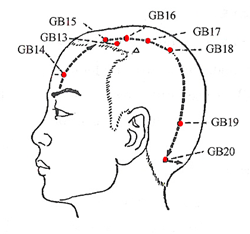
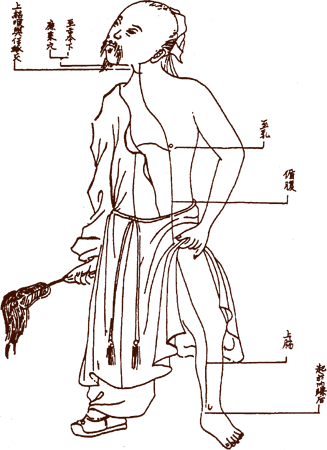
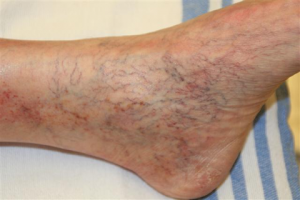
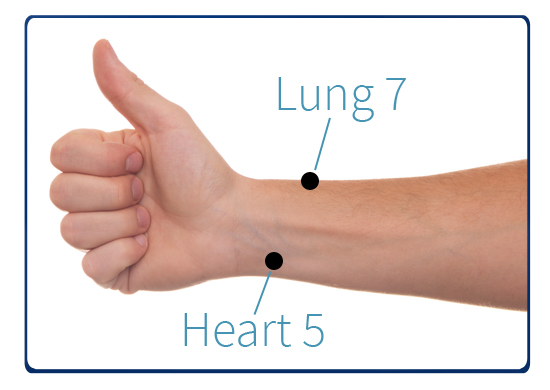
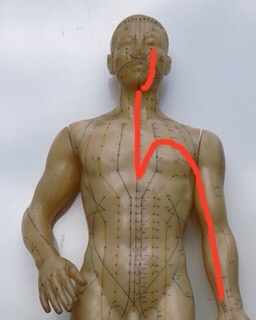
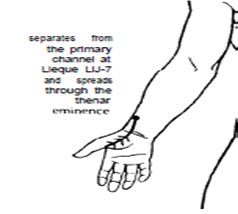
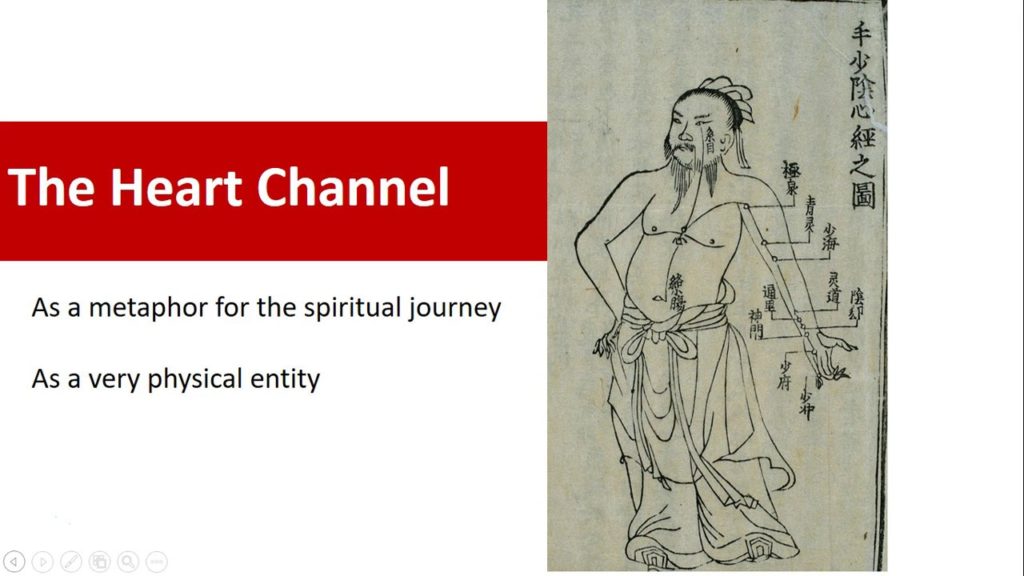

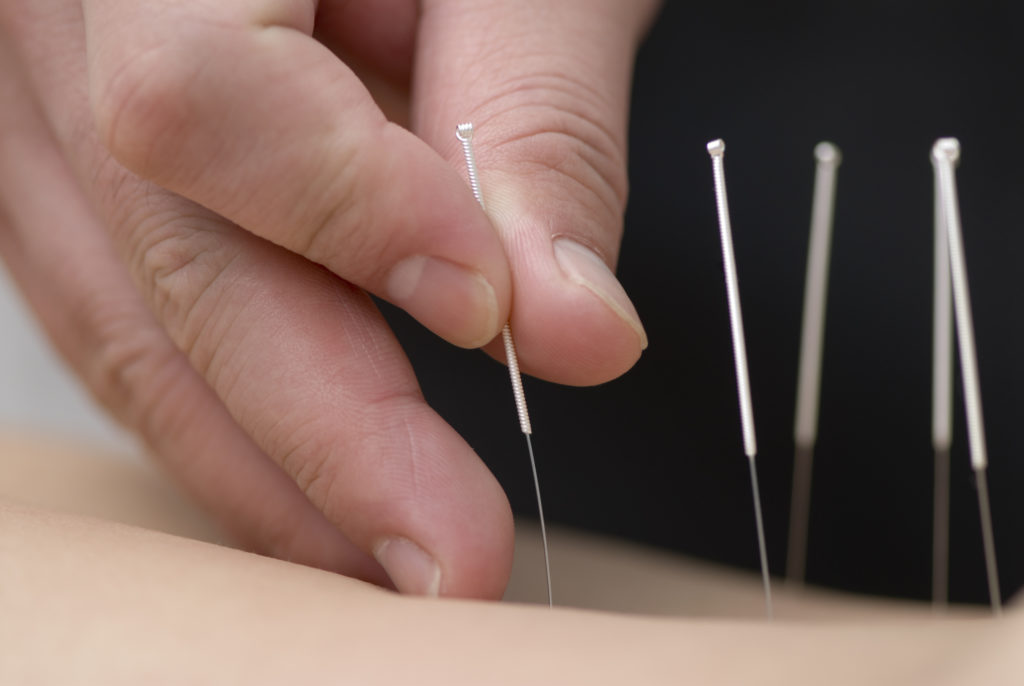
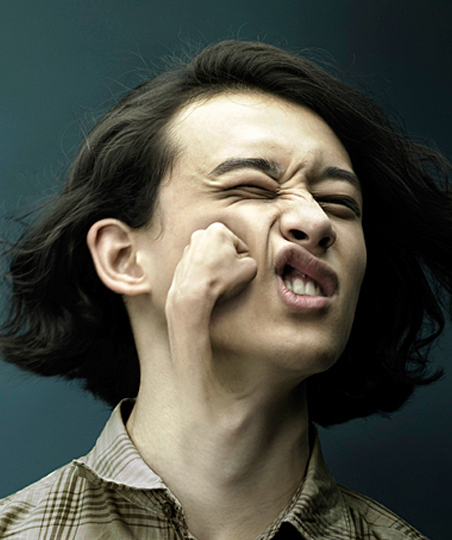
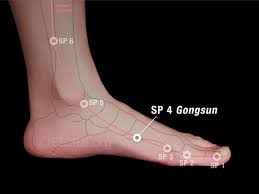
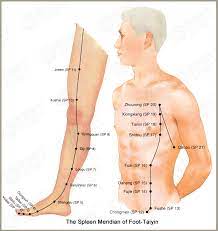

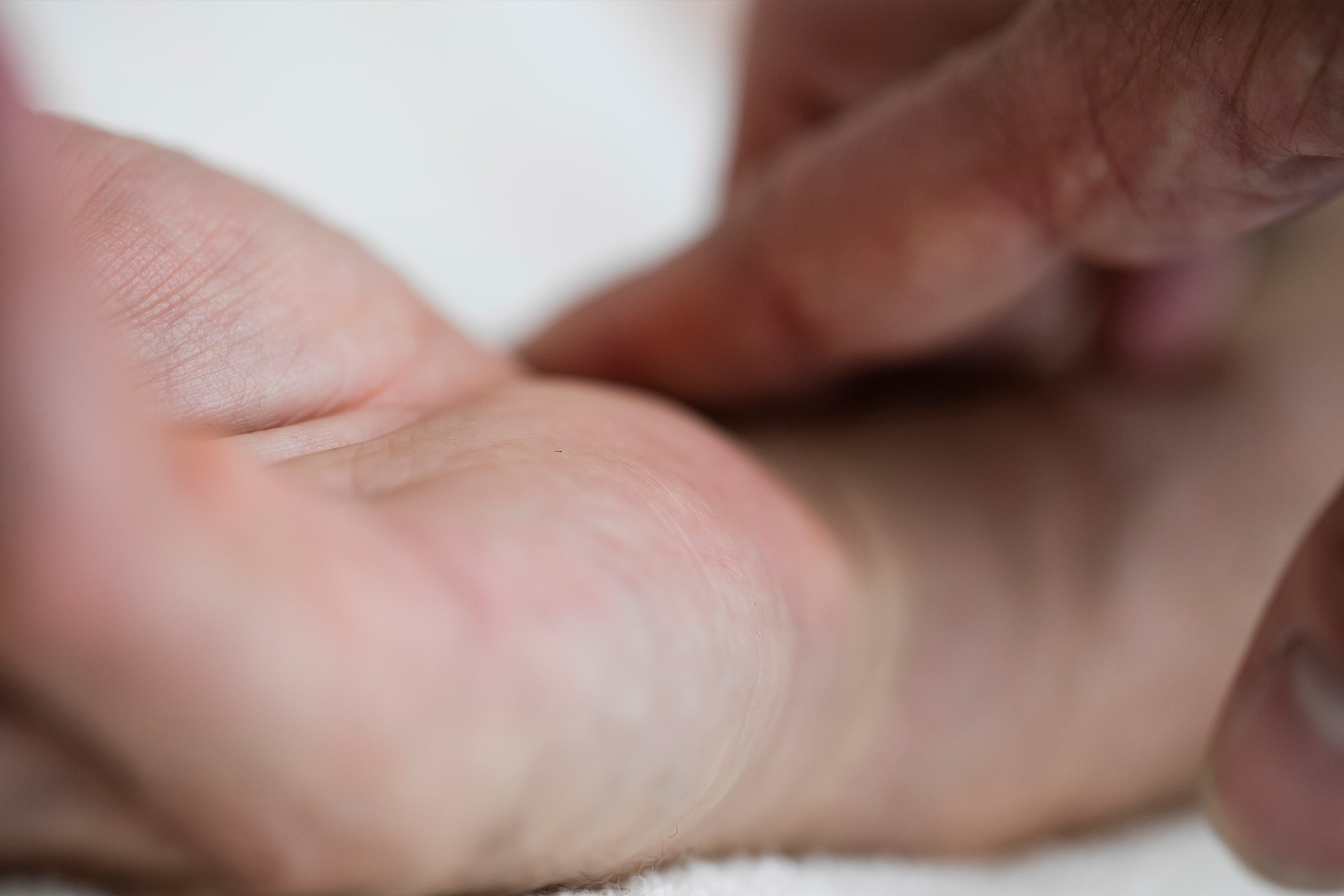

No Comments